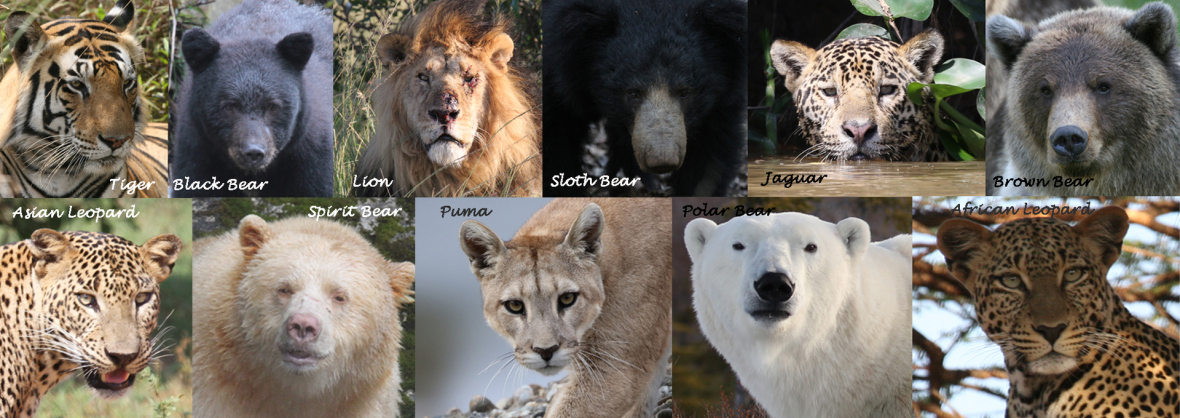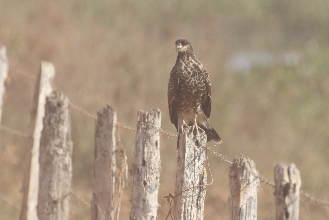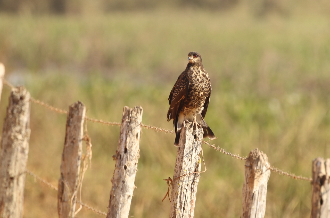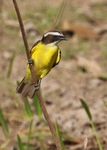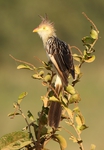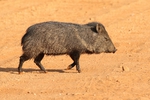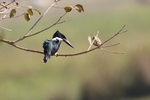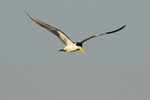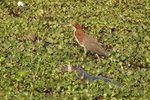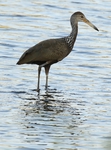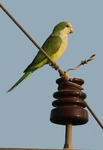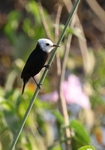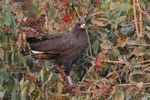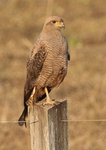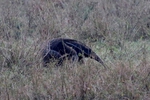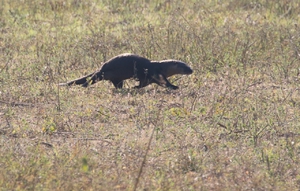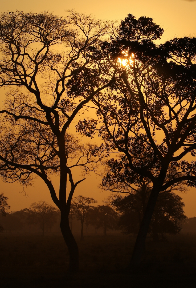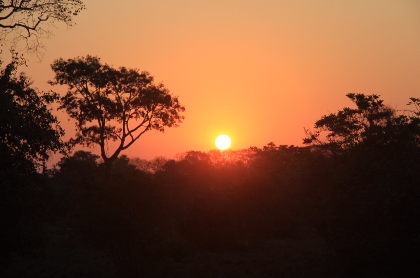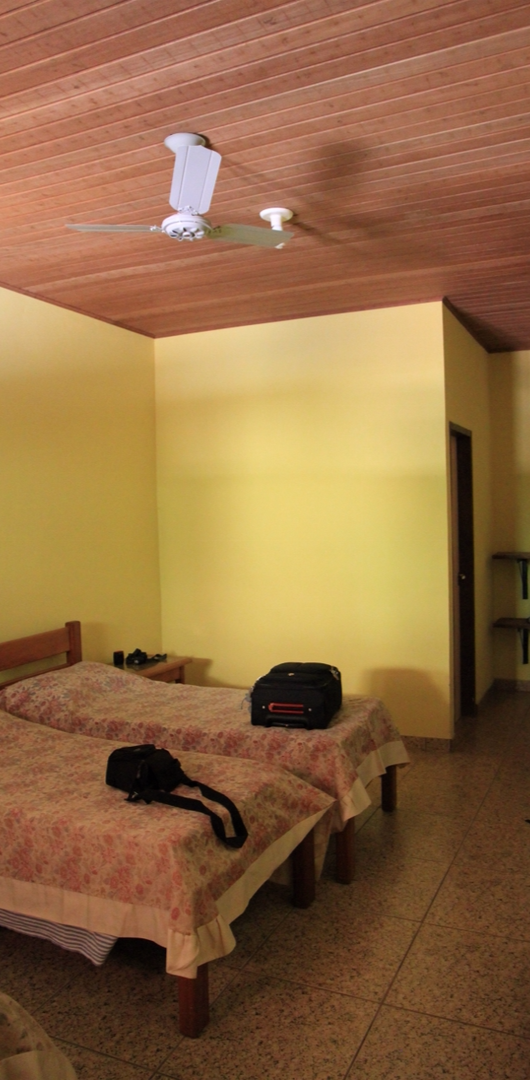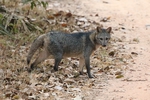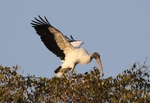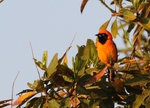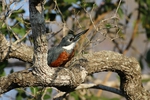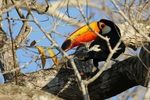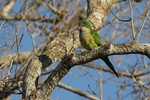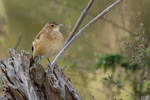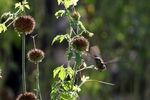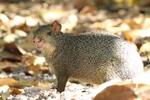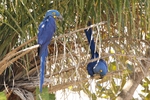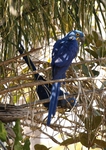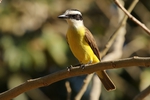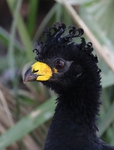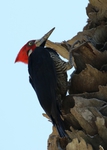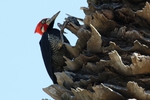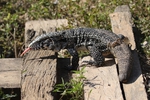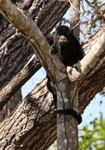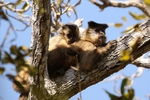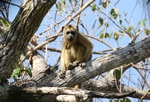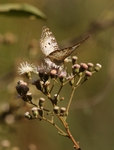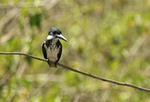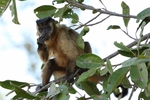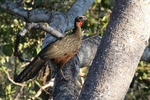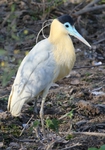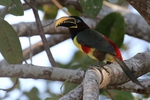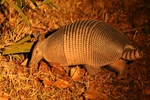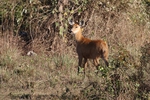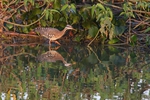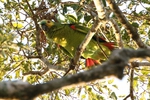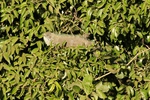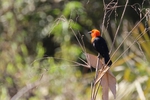Pouso Alegre Lodge
The Pouso Alegre Lodge was the most basic accommodation of the three lodges we used in the Pantanal. Not that was a problem, the rooms each had private facilities with a good on demand supply of hot water from the shower. Our room had three small single beds, a small bedside table, a chair, a desk and shelves. The room also had pretty good air conditioning and a ceiling fan to keep it cool. No mosquito nets were provided, however, we used our battery powered insect killers and didn’t receive any bites. Beware of the little black spiders that like to climb into your luggage, I think all of us had a least one spider decide it wanted to travel with us. After I found the first one I kept the bags closed and didn’t discover any more stowaways.
Food at Pouso Alegre was also basic and had the least amount of choice. Meals were all buffet style and it was important to eat as soon as it was put out as it wasn’t kept over heaters to maintain its temperature. Naturetrek had provided a water cooler with safe drinking water and we used this to fill our water bottles (brought from home) to clean our teeth with and drink throughout our stay. There was a fridge in the dining room filled with soft drinks and beer, they worked on an honesty system where you filled in a book each time you had a drink and settled the bill at the end of the stay.
The lodge had pretty good WiFi considering where we were, it stretched as far as our rooms and we were able to upload a few photos to share.
All wildlife viewing from the lodge was done by foot or from the safari vehicle we arrived in.
